In the past, customer data was only for sales teams to analyze pipelines, leads, and conversions while other departments took their best guess. No longer is that viable. Today, every team—marketing, customer support, finance, and operations—uses data to make better decisions.
Yet, the majority of companies still treat a CRM as a sales-only tool, leaving valuable data hidden away. Marketing can launch campaigns but remain blind to buyer behavior, customer service lacks visibility into the customer account history, and operations can’t adequately forecast demand.
Just as project management tools gave every team the ability to coordinate projects beyond traditional silos, connected digital platforms are redefining how data moves across an organization. Lark helps every department see what sales sees—turning information into action, and insight into collaboration.
Lark Base: Turning CRM data into business intelligence
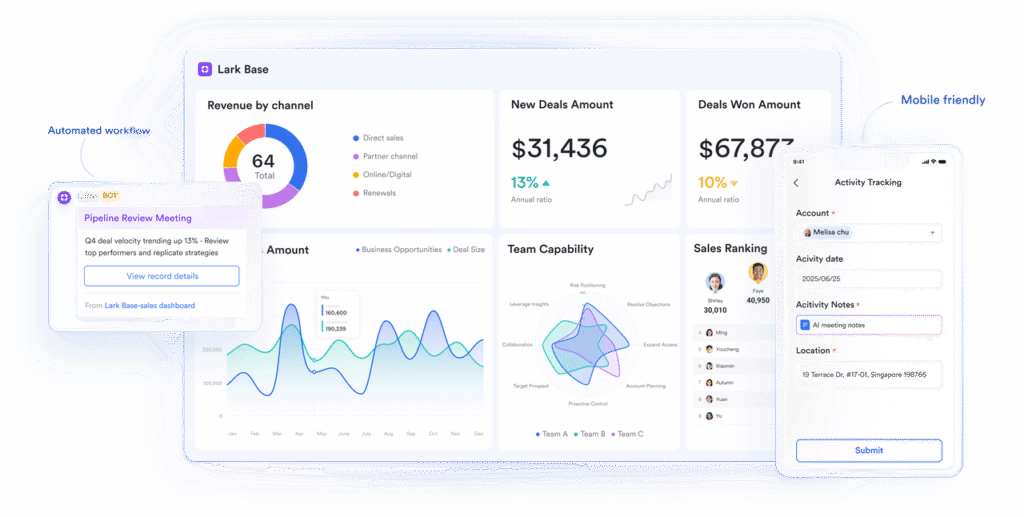
Data contained within a CRM aids one team; data that is shared helps every team in the organisation. Lark Base is acts as an operational bridge, providing multiple teams with the ability to execute work from one evolving dataset.
For example, a marketing manager can connect customer segments in Base with campaign results and rapidly know which audiences have greater engagement options. Customer success teams can view onboarding progress alongside retention metrics and finance can leverage the same data to anticipate monthly revenue.
Unlike the function of traditional CRM software, Base isn’t limited to sales records—it extends data into everyday workflows. When a deal closes, automated updates can notify product, finance, and customer success, triggering their respective actions in real time. Lark Base transforms CRM data from a sales tool into company-wide intelligence.
Lark Messenger: Making insight part of everyday conversation
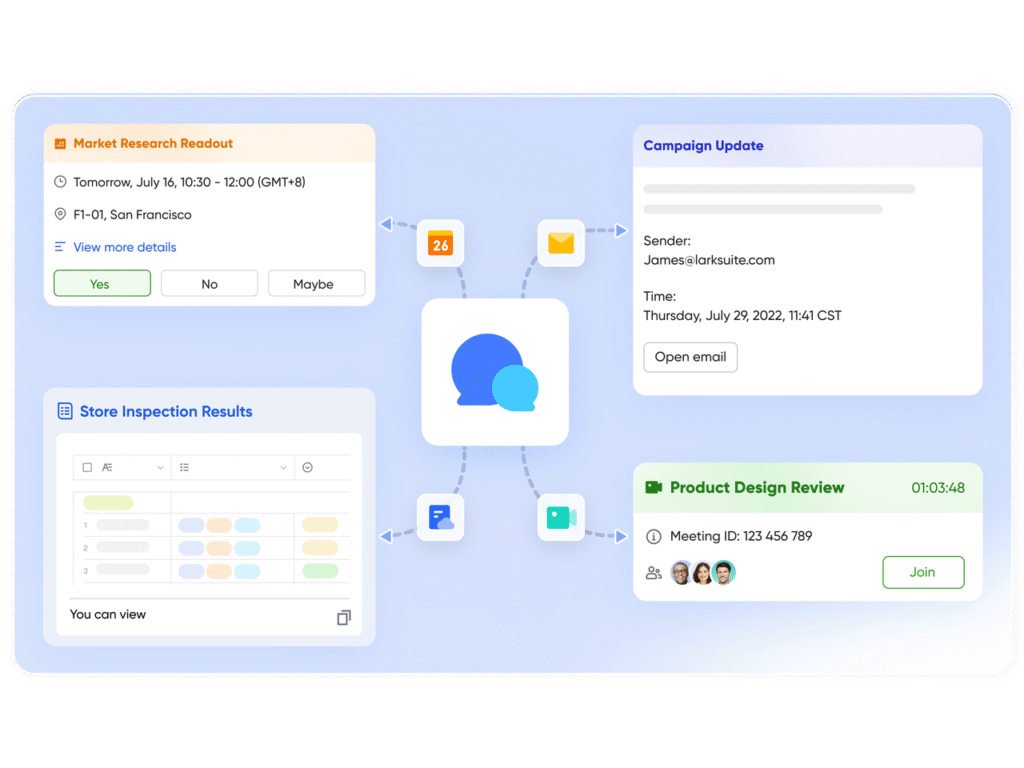
For most organizations, insights reside in dashboards that hardly anyone ever looks at. Lark Messenger has changed the climate when it comes to putting data into everyday conversations.
Now teams can share visual reports inside chat, debate ideas, and take action as they come to conclusions. For example, if the marketing team sees a drop in leads from a certain channel, they could tag their product and analytics team member in Messenger, review the patterns instantaneously, and agree on a plan for follow-up all in one thread.
Lark Messenger ensures information is not just static, it travels. By keeping analytics and conversations together, teams can act faster and make informed decision with context instead of guesses.
Lark Docs: Turning numbers into shared narratives
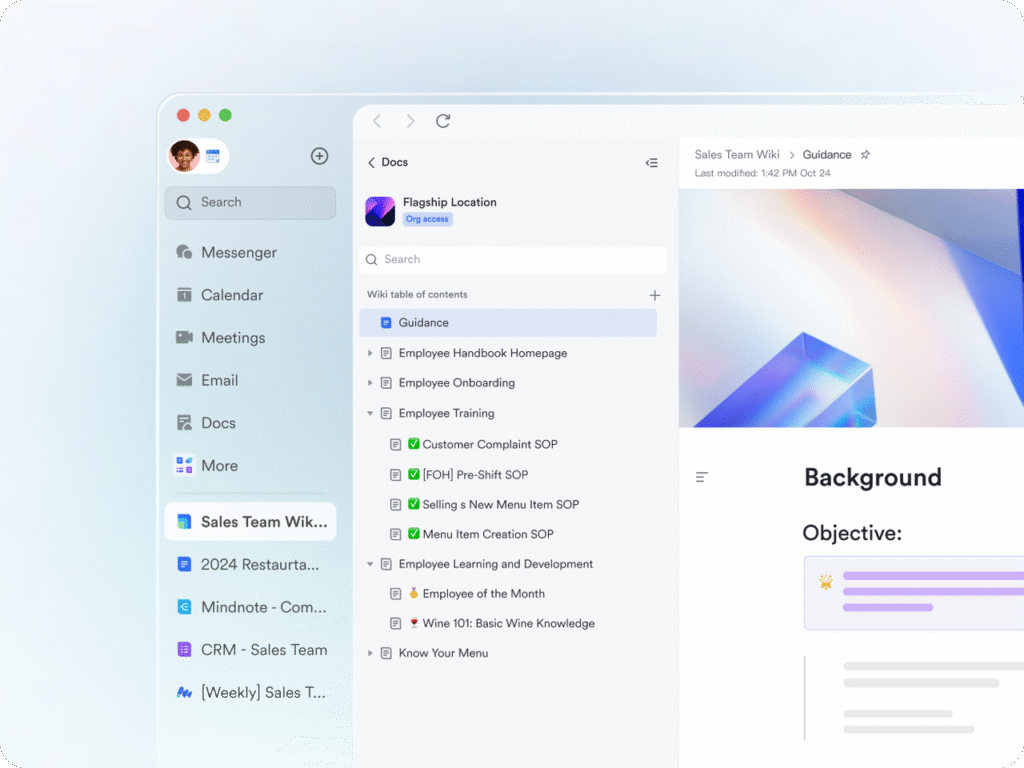
It is storytelling—not data—that creates clarity. Lark Docs empowers any discipline to create insight from analytics through collaborative writing.
Your team has a quarterly review on performance. Marketing adds charts from Base, sales comments on customer behavior, and leadership includes priorities for the next quarter. Each person can edit simultaneously and gain alignment long before the meeting.
Lark Docs moves reports from a static file to a living form of discussion. This process creates a shared understanding that sets the stage for scaling across the team—to the stage where numbers inform, stories persuade, and strategy co-creates.
Lark Tasks: Linking data to accountability
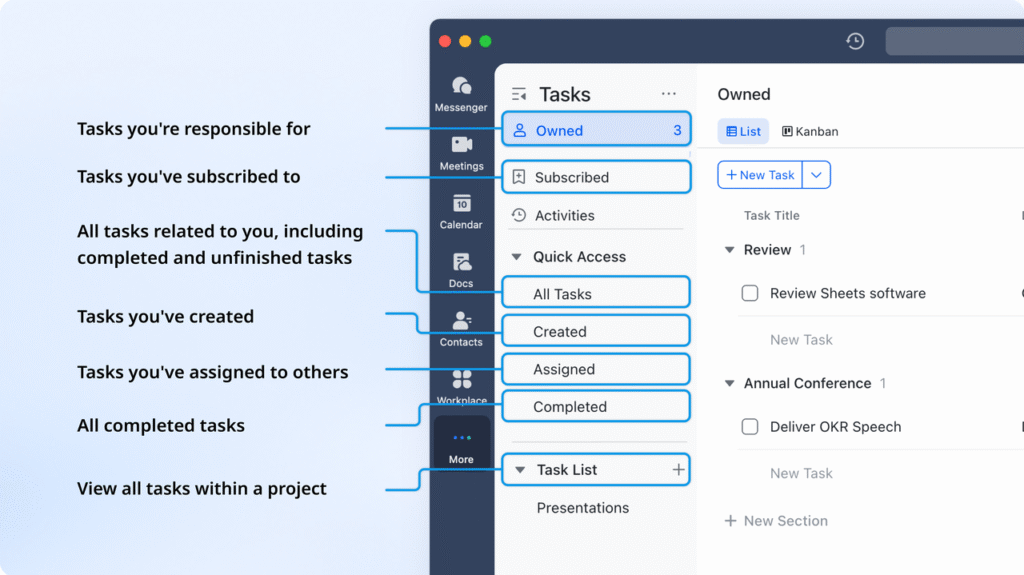
Information has no worth until there is a physical action taken by someone. Lark Tasks holds individuals accountable by tying insights interpreted from the information to owners.
Whether data came from insight on previous campaign performance, leaders can assign follow-up tasks that are tied specifically to the data. For example, if customer feedback from Base highlights a challenge with the onboarding process, a manager can create a task for the product or training team to address or analyze. Progress on the task will update automatically, making sure data-driven goals are always visible and measureable.
Lark Tasks help turn analysis into action. Instead of talking incessantly about what the data means, teams will immediately take an action that can be tracked to prove it helped improve the team or process in some capacity.
Lark Calendar: Planning with shared visibility
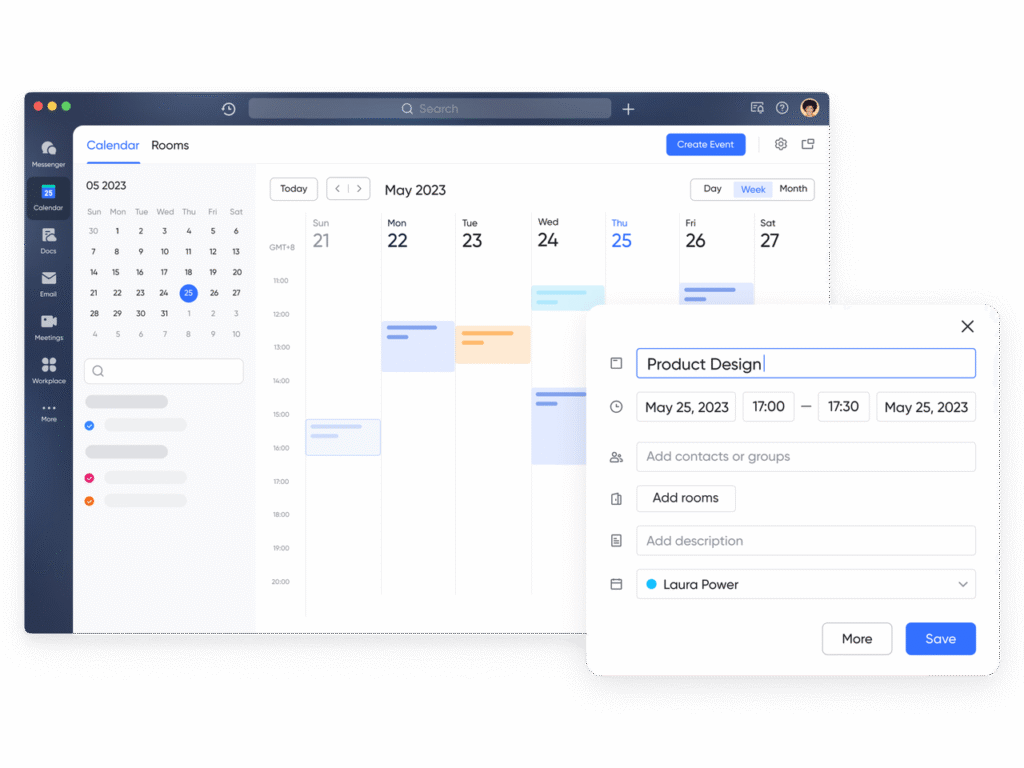
The success of data-informed efforts frequently hinges on timing. Lark Calendar provides effortless coordination by harmonizing team schedules and priorities across functions.
Three analytics notice seasonal customer demand spikes, Calendar helps the operations department prepare inventory, the marketing department staff plan campaigns, and the customer support department plan to allocate their same period resources according to the same timeline. The teams attach associated files or tasks to each event and stay contextually aligned.
Shared visibility precludes frenetic last-minute completions and enables quiet, strategic planning. Lark Calendar is also there for capturing insight into action, not just after the event but timely.
Lark Approval: Building trust through transparent decisions
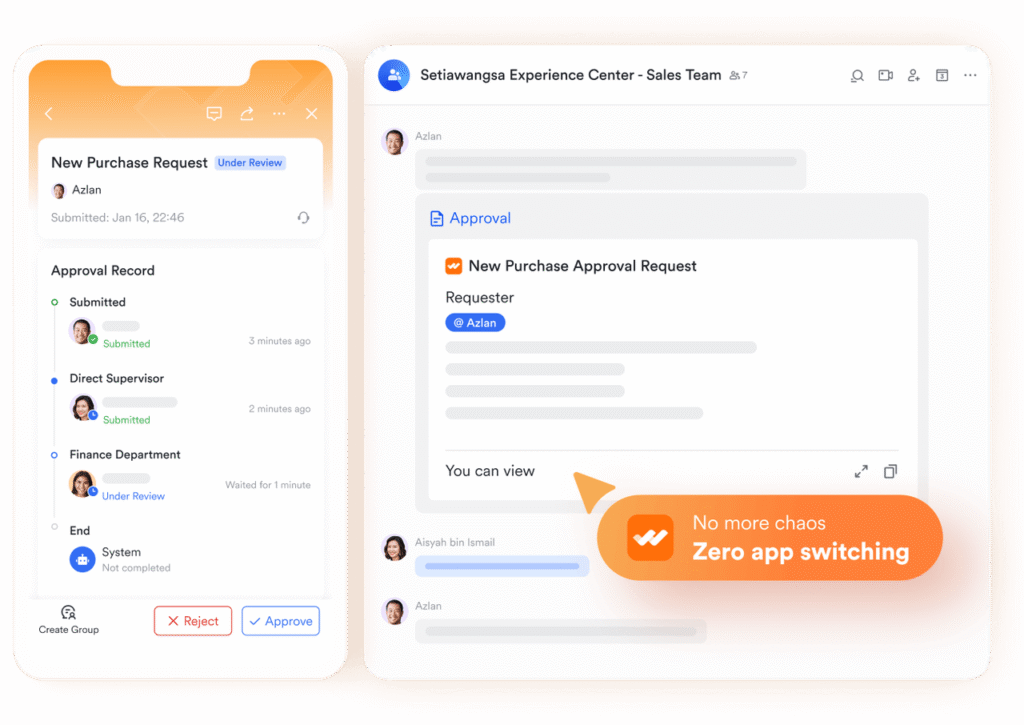
Even organizations that are data-driven, need a framework for decision-making. Lark Approval simplifies the internal workflow so that the insights can result in action fast and confidently, instead of languishing in the bureaucracy of the organizations.
When a marketing lead submits a request for a campaign based on customer trends, that approval request is routed instantly to finance and leadership. Everybody can see the data underpinning the request so they can comment on the assumptions made and approve the request within minutes.
This level of transparency minimizes the back-and-forth needed to grant approvals and provides trust between departments. The decisions feel data-informed and fair, rather than being delayed by red tape. Approval creates efficiency out of alignment, which is exactly what fast-growing teams need.
Conclusion
In the past, sales teams owned customer insights while other departments waited for updates. That model doesn’t fit today’s agile organizations, where every decision—from ad placement to budgeting—relies on a common understanding of data.
Lark breaks down those boundaries. Its connected workspace brings CRM information, collaboration, and execution into one continuous flow. Marketing can react faster, finance plans smarter, and operations anticipate needs with precision.
Similar to the workflow in agile CRM app, Lark helps companies make customer intelligence accessible to everyone—not just the people closing deals. Because when every department sees the same data, they don’t just share numbers—they share outcomes, ownership, and success.
